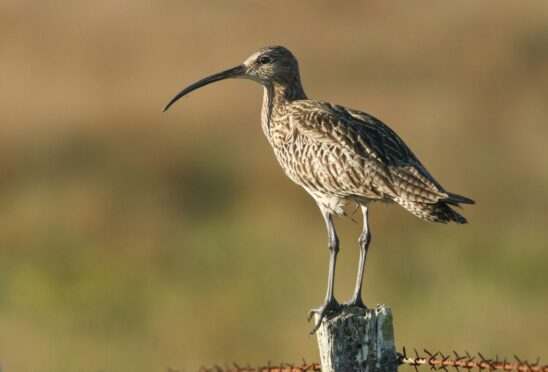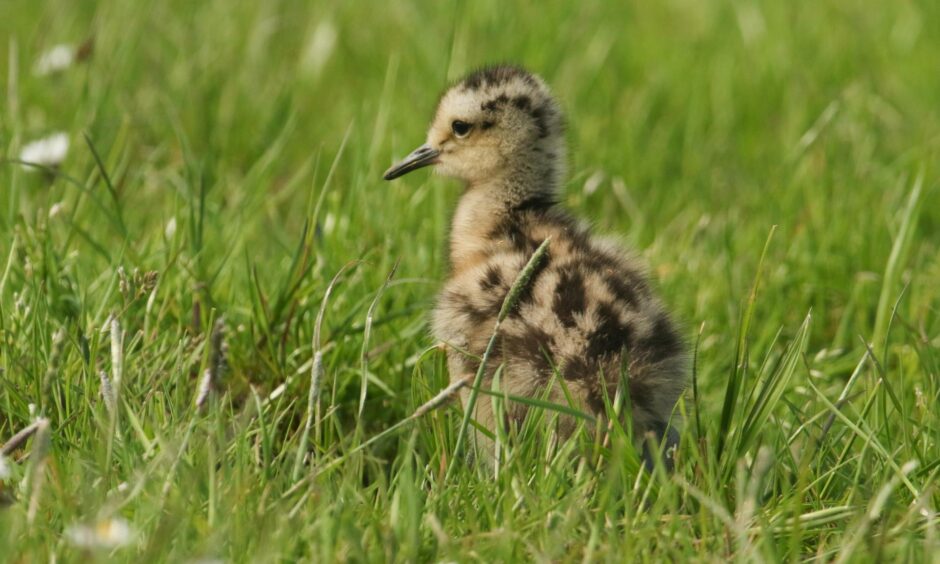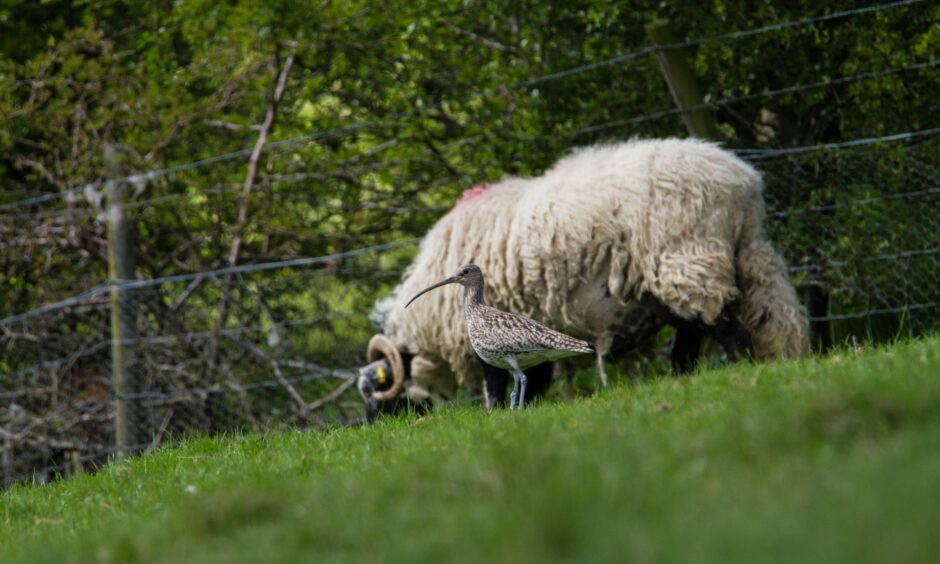This is a great time of year to be out and about early in the early morning, especially as wading birds like the curlew become much more visible and audible.
Indeed, it has been wonderful to see and hear a lot of these recently.
Not only on my drive to the farms but also – and for the first time in a long while – feeding in some of our fields and hence hopefully nesting nearby.
But my joy is tinged with sadness when I recall that the breeding population of curlew in Scotland has declined by more than 60% since 1995, which is a huge drop to occur in such a relatively short timescale.
The reasons for the decline – not only in curlew but also in other waders like lapwing – can be many and varied at a local level.
But the evidence points to a combination of habitat change and increased predation being the main causes over Scotland as a whole.
Waders like curlew are ground-nesting birds and their eggs and young can therefore be particularly vulnerable in and around the nest.
And it is the low number of chicks surviving during the breeding season which has been shown to drive the population decline.
We now think of curlew primarily as a bird of moorland and moorland edge.
But historically, wetter inbye fields were not just important foraging sites for birds nesting on nearby moorlands. Such fields also provided important nesting habitat in their own right, especially where the grass was left to grow long for late-cut hay or silage production.
Indeed, back in the early 2000s more than three-quarters of the 58,000 curlew pairs then in Scotland were estimated to be nesting on farmland.
And the maps charting the declines over the intervening years show a clear retreat from such grasslands.
It will be vital to protect and maintain breeding curlew where they still occur in good numbers, which is primarily on managed moorlands and on some of the Scottish islands.
But if we are going to properly redress the balance, then we need to ensure that farmers and crofters can help the curlew increase in both numbers and productivity within those areas from which they are currently disappearing.
And, as I have highlighted before in this column, there are a range of specific actions which farmers and crofters can take to help improve curlew and other wader chick survival during the crucial April to June breeding season.
In fields where birds are nesting, this could simply involve reducing grazing pressure to prevent trampling of the eggs or chicks by livestock or not rolling the fields until the end of June.
Wader chicks need to be able to probe in wet areas to find insects and earthworms to eat. Not draining the wetter areas of one or two fields or creating shallow wetlands can help increase such feeding opportunities.
And in the vast majority of cases, such actions will also need to be complemented by management to reduce the predation pressures coming from foxes and crows.
But while measures taken by any one individual farmer or crofter can be beneficial, it will really only be through collective action – at the scale of neighbouring farms and crofts or across a catchment – that we will achieve real benefits on the ground for birds like curlew and lapwing.
We need to ensure that future land management support policy in Scotland does not leave waders behind.
Policies and programmes are needed which will enable effective wader conservation across large areas through collaborative actions involving multiple farms and crofts.
Professor Davy McCracken is head of SRUC‘s hill and mountain research centre at Kirkton and Auchtertyre Farms near Crianlarich in Perthshire.


